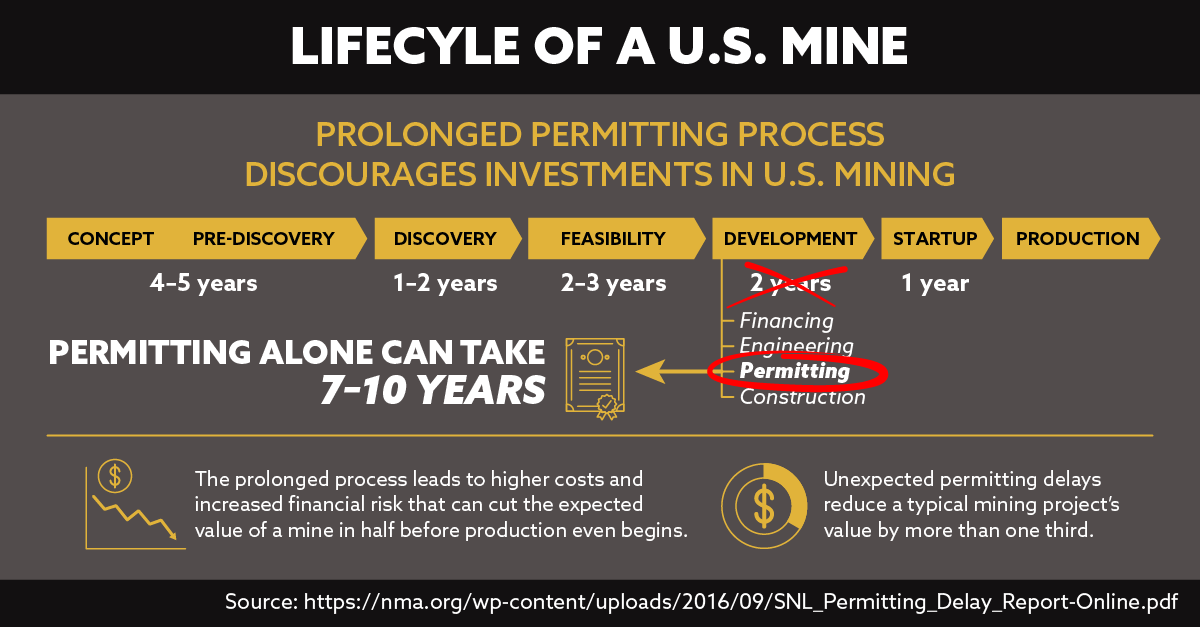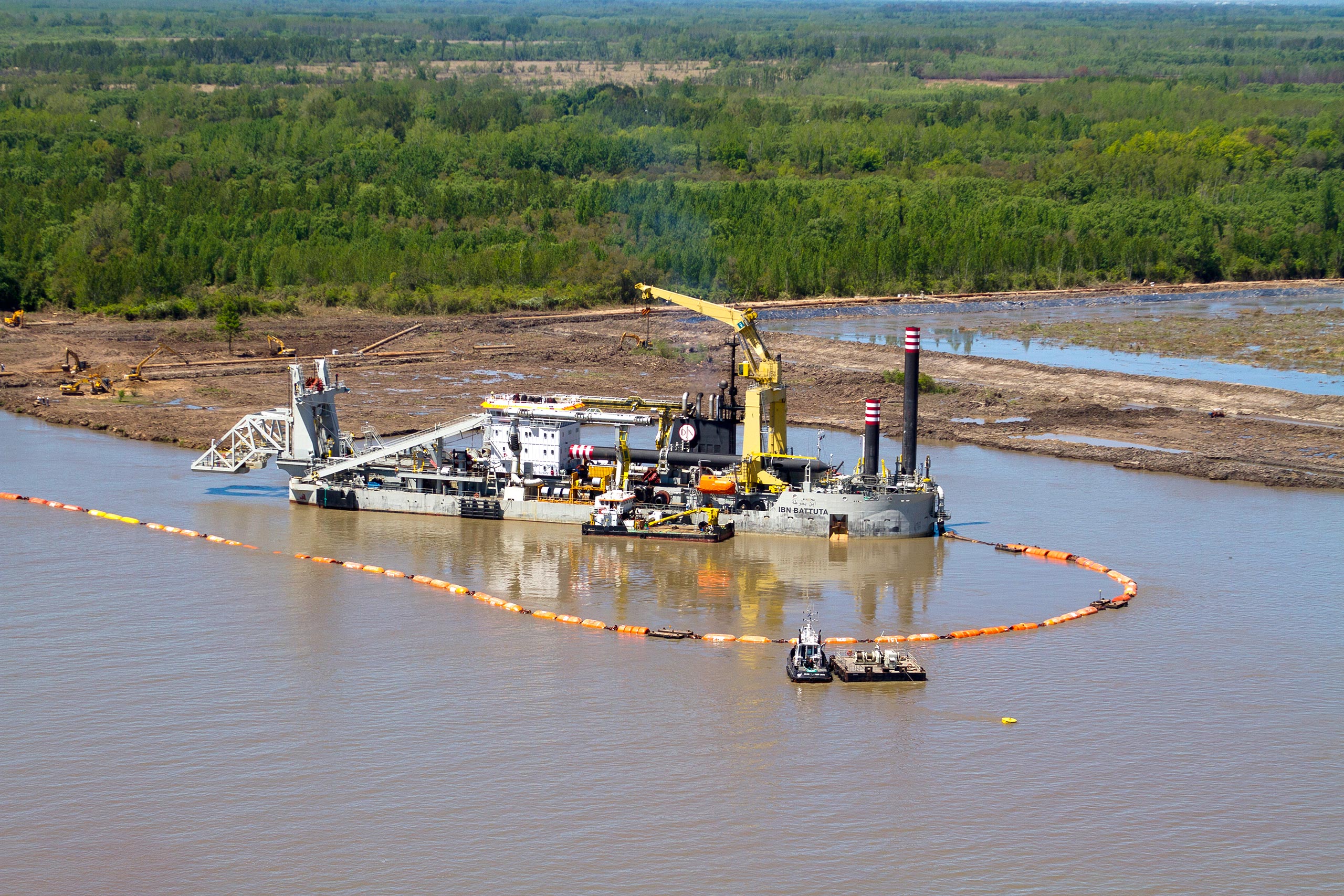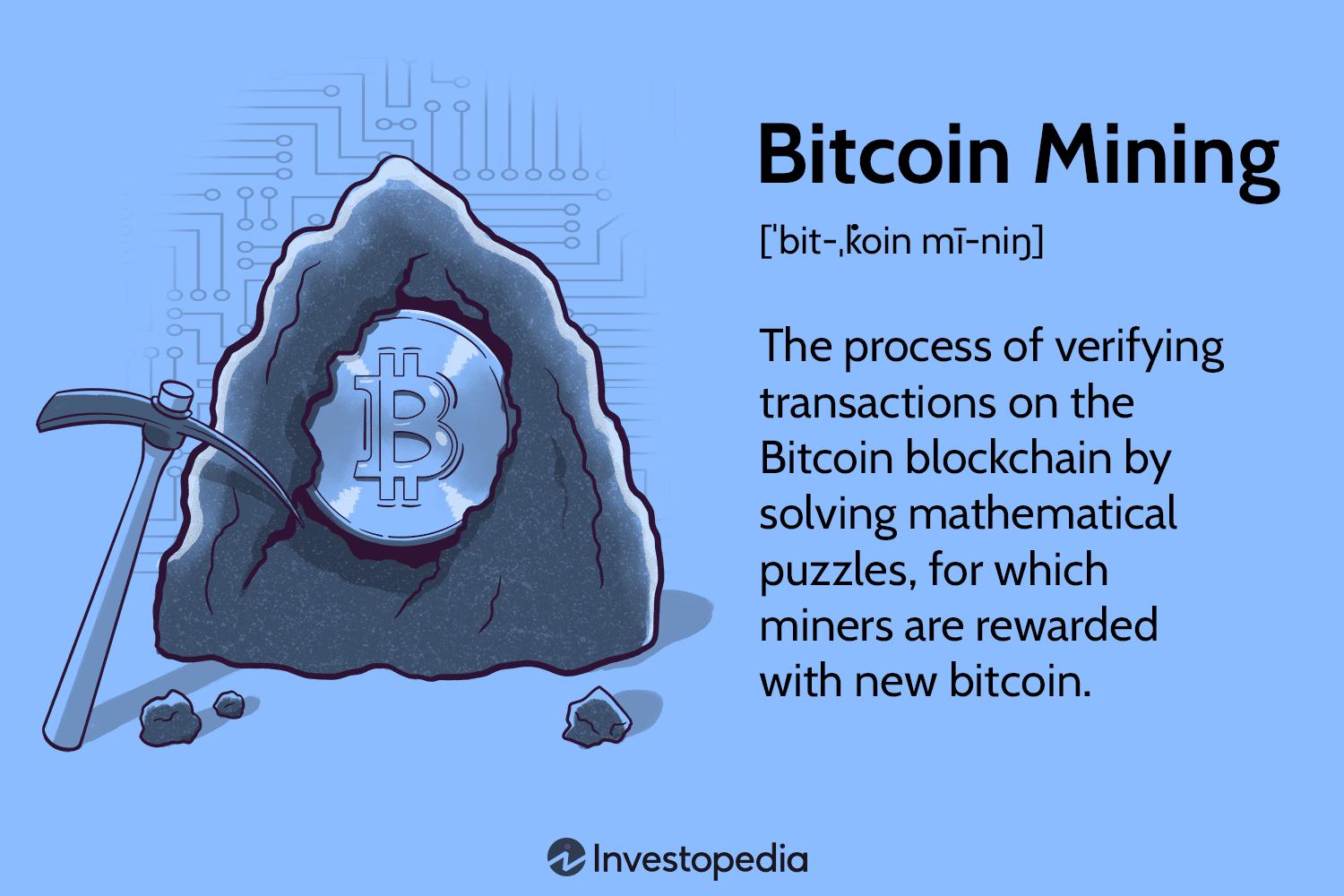Underground mining is a critical method of extracting valuable minerals and resources located deep beneath the Earth’s surface. Unlike open-pit mining, which removes overburden to access minerals, underground mining involves creating tunnels and shafts to reach deposits that are often too deep for surface mining. This article explores the techniques used in underground mining, its advantages and disadvantages, and its significance in the global mining industry.
What is Underground Mining?
Underground mining refers to the process of extracting minerals and ores from below the surface of the Earth. It is commonly used for minerals that are located too far beneath the surface to be economically extracted through open-pit methods. The process involves various techniques and requires careful planning and management to ensure safety and efficiency.
Techniques of Underground Mining
- Room and Pillar Mining: This method involves mining ore in horizontal beds while leaving pillars of material to support the roof. It is effective for flat-lying deposits and allows for some surface stability. After mining is completed, some areas may be backfilled.
- Longwall Mining: This advanced method uses a mechanical shearer to cut and gather material while the roof is supported by hydraulic shields. Longwall mining allows for a more efficient extraction process and is commonly used in coal mining.
- Cut and Fill Mining: In this technique, the ore is mined in horizontal slices, and the voids are filled with waste material to provide support. This method is particularly useful for steeply dipping ore bodies.
- Sublevel Stoping: This method involves mining ore in horizontal slices from a series of sublevels. It is effective for steeply dipping deposits and allows for high recovery rates.
- Shrinkage Stoping: Similar to sublevel stoping, this technique allows for ore to be extracted while leaving behind a portion of it to provide support during mining.
Advantages of Underground Mining
- Reduced Surface Impact: Underground mining minimizes the disturbance of the landscape compared to surface mining, reducing the visual impact on the environment.
- Access to Deep Resources: It allows miners to access valuable deposits that are located deep beneath the Earth’s surface, which would be economically unfeasible to extract through open-pit mining.
- Less Waste Material: Underground mining typically generates less waste material than surface mining, as the extraction process focuses directly on the ore body.
- Preservation of Ecosystems: By limiting surface disruption, underground mining helps preserve local ecosystems and habitats.
Disadvantages of Underground Mining
- Higher Operational Costs: Underground mining is generally more expensive than surface mining due to the need for advanced technology, ventilation, and safety measures.
- Safety Risks: Mining underground poses significant safety challenges, including risks of cave-ins, explosions, and exposure to harmful gases. Maintaining safe working conditions is a constant priority.
- Limited Ore Recovery: While underground mining can be efficient, it may result in lower overall ore recovery compared to open-pit methods due to the need for support pillars and the complexities of accessing ore.
- Ventilation and Water Management: Effective ventilation systems are essential to ensure air quality and control temperatures. Additionally, managing groundwater can be challenging and costly.
The Role of Underground Mining in the Industry
Underground mining plays a vital role in the global mining industry, particularly for minerals such as gold, silver, copper, zinc, and lead. It is often the method of choice for high-value minerals that are found in narrow veins or deep deposits. Countries with rich mineral resources, such as Canada, Australia, and South Africa, rely heavily on underground mining to meet domestic and international demand.
Innovations and Future Directions
The future of underground mining is being shaped by technological advancements aimed at enhancing safety, efficiency, and sustainability. Key trends include:
- Automation and Robotics: The integration of automated machinery and robotic systems can improve safety and productivity by reducing the need for human workers in hazardous environments.
- Data Analytics and AI: Advanced data analysis techniques help optimize mining operations, predict equipment failures, and improve decision-making processes.
- Sustainable Practices: As the industry increasingly focuses on sustainability, innovations such as renewable energy systems and waste recycling processes are being integrated into underground operations.
- Enhanced Safety Measures: Continuous improvements in safety technology, including monitoring systems and emergency response protocols, aim to reduce risks associated with underground mining.
Conclusion
Underground mining is a vital method for extracting valuable minerals while minimizing surface disruption. Though it presents unique challenges, advances in technology and a focus on safety and sustainability are shaping the future of the industry. By balancing resource extraction with environmental stewardship, underground mining can continue to play a crucial role in meeting the world’s growing demand for minerals while ensuring responsible practices for the benefit of communities and ecosystems alike.



